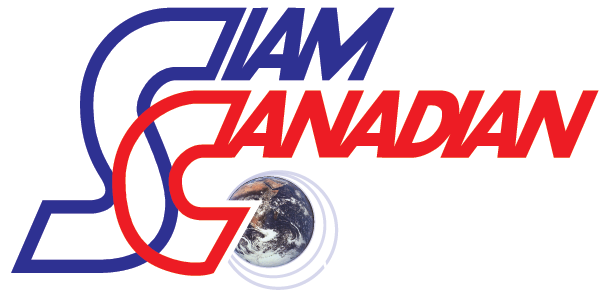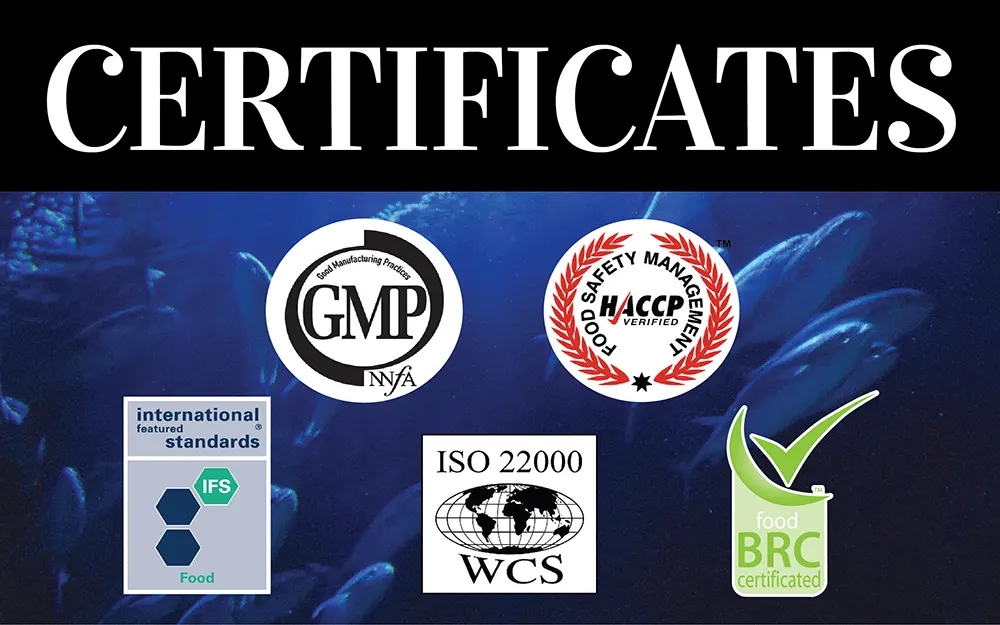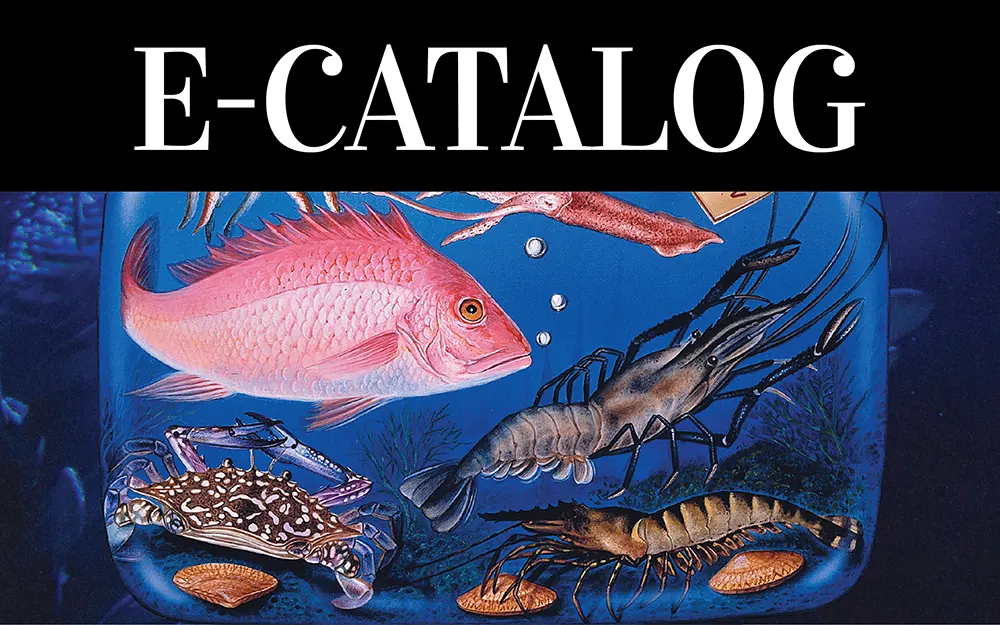
Siam Canadian leans on diversification to withstand US tariff uncertainty : Undercurrent News
‘Our model has worked through SARS, COVID, and now through the tariff era’ — James Gulkin, Siam Canadian Group managing director
By Masahiko Takeuchi | May 27, 2025 22:29 BST
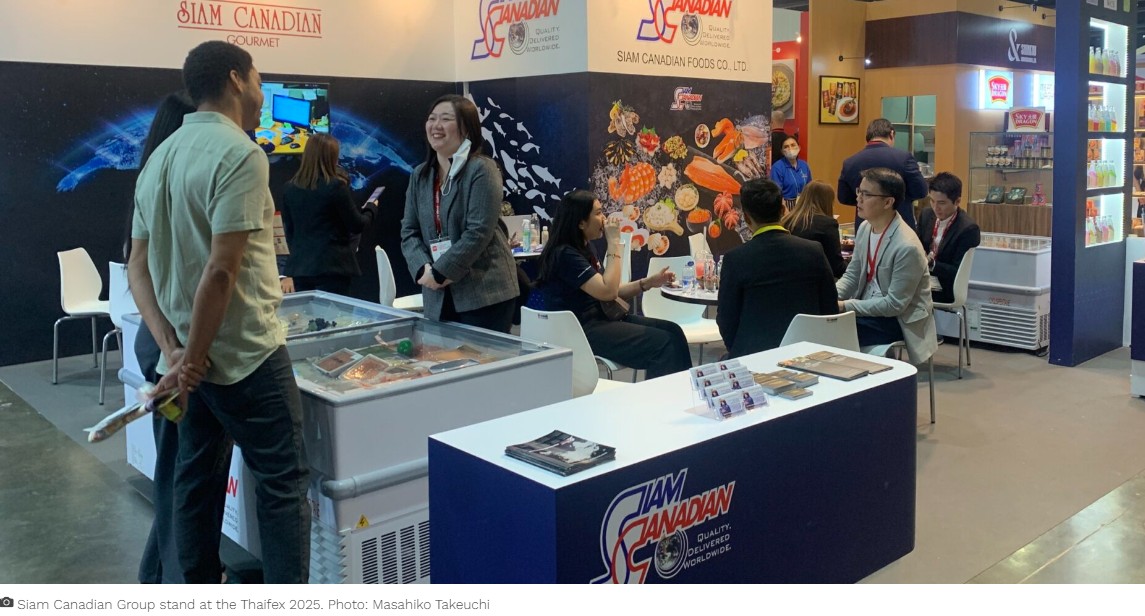
BANGKOK, Thailand — As uncertainty over US trade policy blows a cold chill through global seafood markets, seafood trader Siam Canadian Group is relying on a decades-old strategy of diversification and measured growth to weather the storm.
“Uncertainty is the enemy of
business,” the company’s managing director, James Gulkin, told Undercurrent
News at the Thaifex Anuga Asia food show 2025, held at the IMPACT Muang Thong
Thani events hall in Bangkok from May 27 to 31. “We’ve never had a year that
wasn’t profitable in nearly 40 years, but this kind of unpredictability makes
it harder to plan than ever.”
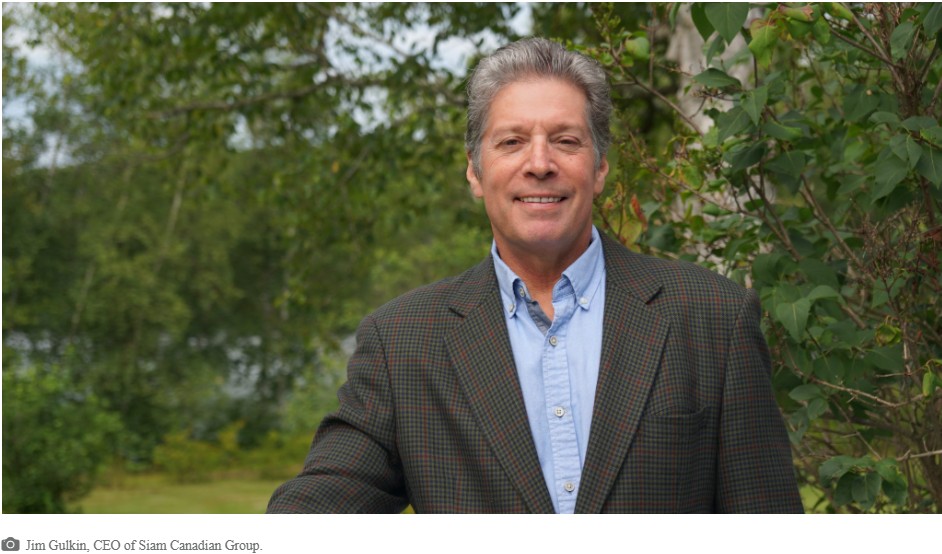
Siam Canadian, which generates about 60% to 65% of its turnover from shrimp and prawns, posted its highest-ever net profit in 2024 and started 2025 even stronger.
However, sweeping reciprocal tariffs proposed by the US, including duties of up to 36%on seafood from Thailand, have placed the company’s biggest market in limbo. Approximately 35% to 40% of Siam Canadian’s sales come from the US.
With many US importers placing orders on hold amid a 90-day tariff suspension set to expire July 9, Gulkin said it is too risky to commit without knowing the final terms.
“If we took an order of 100 containers, for example, and tariffs go to 36%, we’d be looking at $5 million in losses or more,” he said.
The company has sourcing offices in Argentina and Ecuador and buys from across South and Central America, Southeast Asia and Europe.
It sells seafood and meat to more than 70 countries. Its meat division, headquartered in Poland, sources globally and sells primarily into Asia.
“We’ve long believed in spreading our risk,” Gulkin said. “If the US market collapses, it’ll hurt — but we won’t go under. We have solid business in Europe, Canada, Asia and South America.”
Siam Canadian offers both commodity and value-added products, including shrimp, squid, scallops, tilapia and a range of meat items.
While the company sees value-added sales growing, Gulkin noted that basic frozen shrimp still
dominates volume, and many buyers aren’t ready to switch to higher-end products like meal kits.
Rather than gamble on volatile policy shifts, the company is holding off on factory investments or aggressive expansion, opting instead to continue what Gulkin describes as the company’s “modest but steady” approach to growth.
“We’re constantly expanding our product range, our supply base, and our global customer footprint. But in terms of big infrastructure, now is not the time.”
Still, he warned that unpredictability is distorting global seafood supply chains, from raw material
pricing to production planning. “Farmers, feed producers, processors — nobody knows how to act right now. The market can’t function without some degree of certainty.”
As the July 9 deadline nears, Siam Canadian remains cautious, but resilient.
“Our model has worked through SARS, COVID and now through the tariff era,” Gulkin said. “We’re built for volatility, and we’ll keep adapting.”
